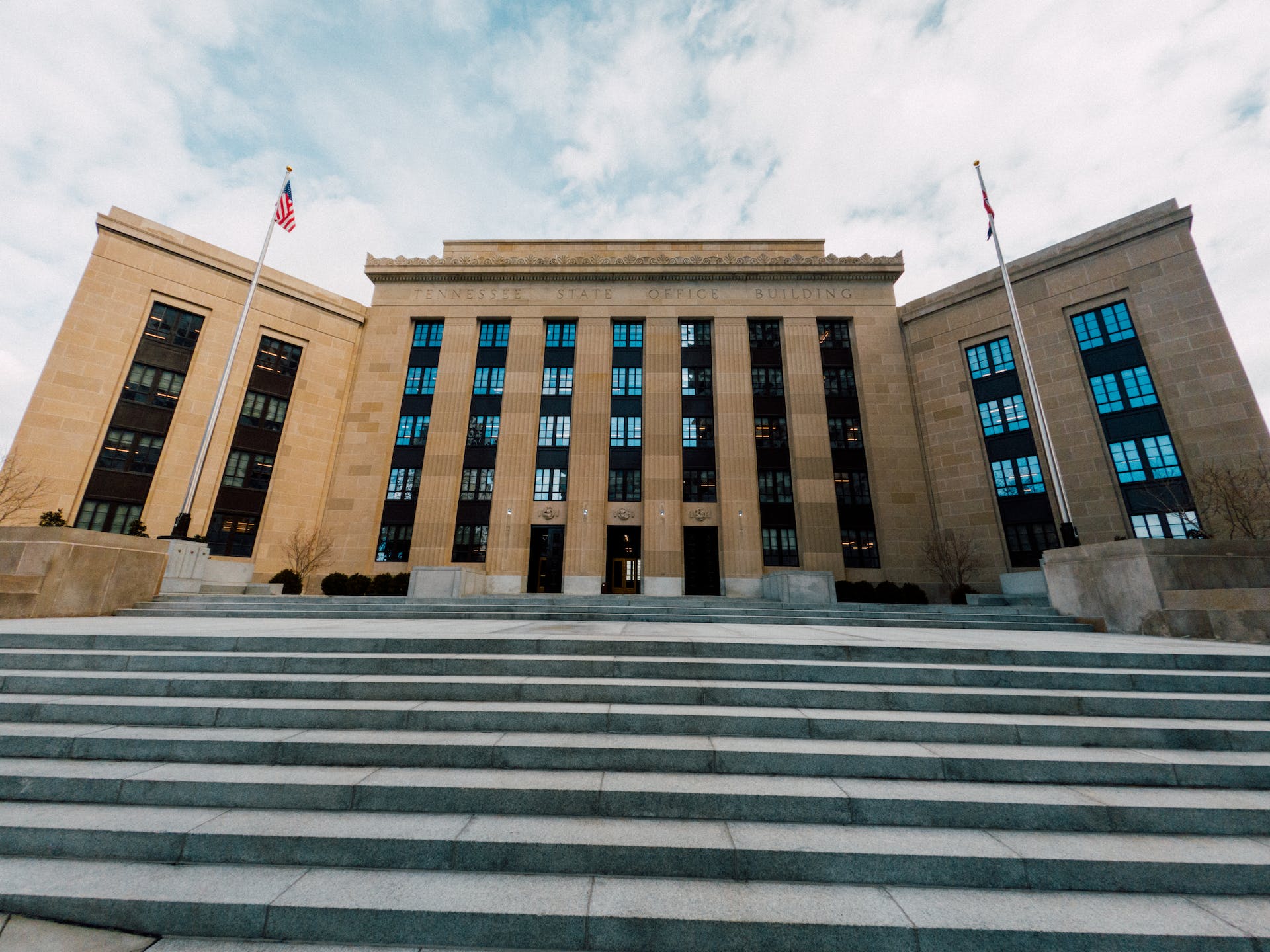Economic developments in the US

The US economy changed significantly in May following the release of inflation and the Consumer Price Index. The CPI stagnated in May, although it rose by 3.3% year-on-year. Both numbers were 0.1 percentage point below market expectations. The consumer price index showed no increase in May as inflation loosened its grip on the U.S. economy slightly, the Labor Department reported Wednesday. Although the headline inflation readings were lower for all items as well as for core indicators, covered inflation increased 0.4% month-on-month and rose 5.4% from a year earlier. The housing-related numbers have been a drag on the Federal Reserve’s inflation fight and make up a large share of the CPI’s weight. The market outlook is volatile and Fed officials have stressed that they need to see more than a month or two of positive data before easing policy.
Constant inflation has kept the Fed on hold since the last rate hike, which was in July 2023. However, the Federal Reserve again left its key interest rate unchanged on Wednesday, June 12, 2024, and lowered its forecast from three rate cuts this year to just one after inflation picked up in early 2024.

On interest rates, officials now estimate that they will cut the federal funds rate by a quarter percentage point to a range of 5% to 5.25% by the end of the year. That corresponds to a one-quarter-point cut, less than the three cuts they predicted in March. Most economists had expected the first cut in September. But the central bank also reiterated that it “does not expect it will be appropriate to cut the target range until it gains more confidence that inflation is moving sustainably toward the Fed’s 2% target. Also at the press conference, Fed Chairman Jerome Powell said: “We want to see more good data to bolster our confidence that inflation is moving sustainably toward 2%. Inflation overall was flat in May and the core price gauge, which excludes volatile food and energy items, rose 0.2%, bringing the year-over-year increase to 3.4% from 3.6% in the previous month, according to the Consumer Price Index (CPI).
What inflation is expected in the US in 2024?
Fed officials estimate that their preferred measure of annual inflation, the personal consumption expenditures (PCE) index, will fall from 2.7% to 2.6% by December, above the 2.4% they predicted in March of this year.
Core PCE inflation, which the Fed is watching more closely, is expected to hold at 2.8% by the end of the year, higher than the previous estimate of 2.6%. Headline and core inflation are expected to fall to 2.3% by the end of 2025.
What will happen to the US economy in 2024?
On Wednesday, the Fed said it expects the economy to grow by 2.1% this year, similar to its previous estimate. It predicts 2% growth in 2025. The economy grew 3.1% in 2023. But growth slowed to less than 2% in the first quarter of this year as low- and middle-income households largely depleted their savings during the pandemic and built up high credit card debt.